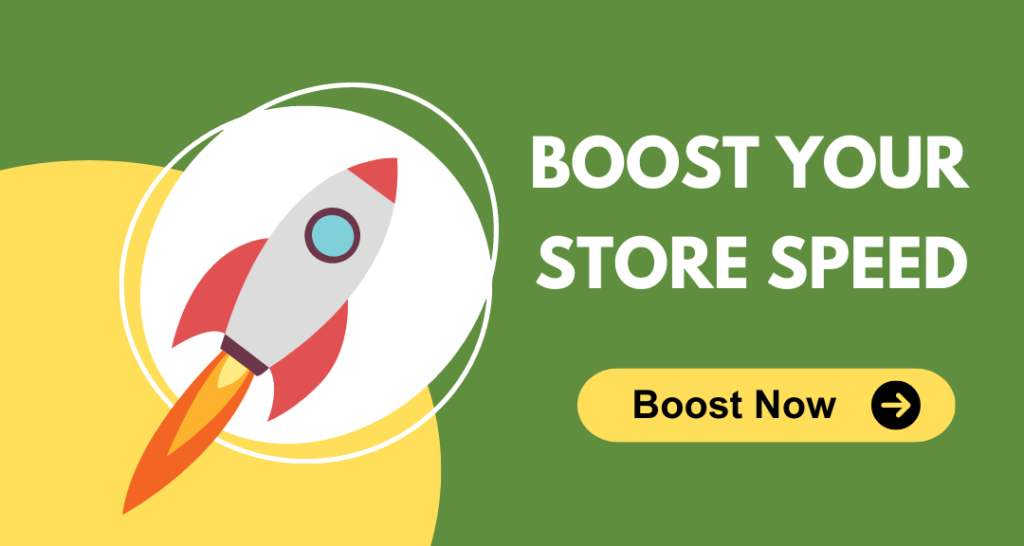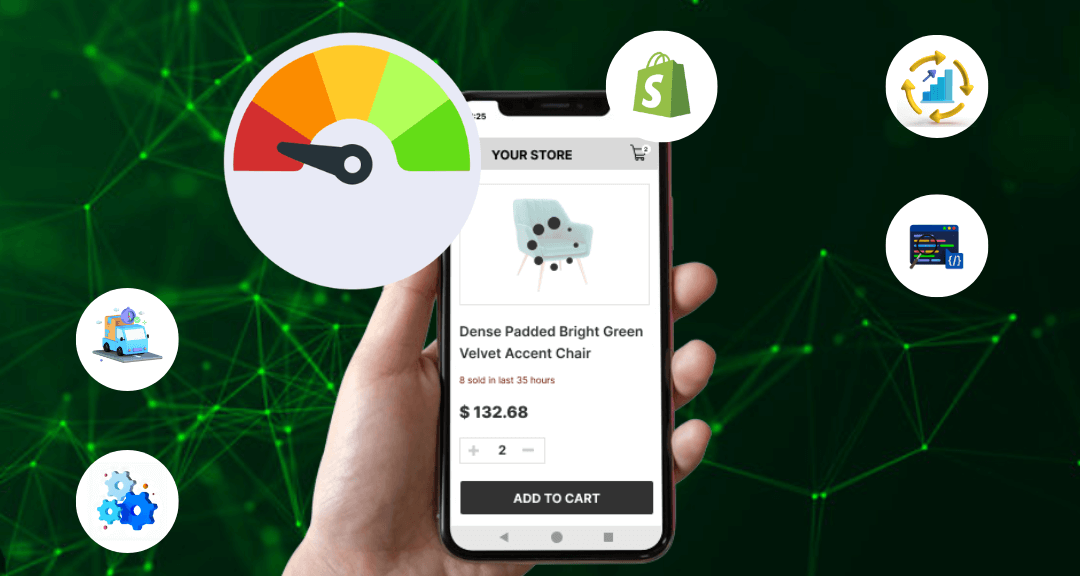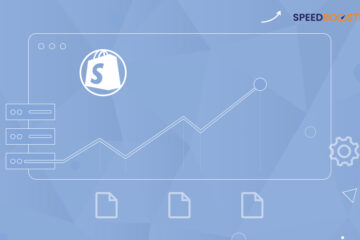In the world of e-commerce, every millisecond matters. Studies have shown that even a one-second delay in page load time can lead to a significant drop in conversion rates. Recognizing this, many Shopify store owners turn to speed optimization apps to enhance their store’s performance.
However, what they may not realize is that these seemingly helpful tools can sometimes have unintended consequences, ultimately slowing down their stores rather than speeding them up. In this blog post, we will explore why this happens and provide you insights into how to navigate the complexities of speed optimization on Shopify.
Understand the Need for Speed Optimization
Faster loading times not only improve user experience but also play a vital role in search engine rankings. Google, for instance, considers page speed as a ranking factor, meaning that slower sites may be penalized in search results. However, in reality, their impact can vary significantly, and in some cases, they may even slow down the site instead of speeding it up.
App Overload and Code Bloat
One of the primary reasons why Shopify speed optimization apps can slow down your store is due to app overload and code bloat. Each app typically adds its own scripts and code snippets to your store’s theme files, which can lead to increased page size and longer load times. Moreover, having multiple apps installed can result in conflicts and compatibility issues, further exacerbating the problem.
Render Blocking Scripts
Many speed optimization apps inject render-blocking scripts into your store’s theme files in an attempt to defer the loading of non-essential resources. While this may seem beneficial in theory, it can actually hinder the rendering of critical content, resulting in a slower user experience. Additionally, poorly optimized scripts can lead to delays in page rendering, especially on mobile devices with limited processing power.
Image Optimization Pitfalls
Image optimization is crucial for improving website speed, but some Shopify speed optimization apps may not handle this task effectively. Automatic image compression algorithms used by these apps can sometimes result in loss of image quality or improper optimization, leading to visually unappealing product images and diminished user experience.
Third-Party Integration Overhead
Many Shopify speed optimization apps rely on third-party services and APIs to perform various optimization tasks such as caching, minification, and content delivery. While these integrations can offer significant performance benefits, they also introduce additional overhead in terms of network requests and latency, which can slow down your store, especially during peak traffic
Lack of Customization and Control
One of the key drawbacks of relying solely on Shopify speed optimization apps is the lack of customization and control over the optimization process. These apps often employ generic optimization strategies that may not be tailored to your specific store’s needs, resulting in sub optimal performance gains. Additionally, the inability to fine-tune optimization settings can limit your ability to address specific performance bottlenecks.
Introducing Shopify Speed Optimization by an Expert
Amidst the myriad of challenges posed by Shopify speed optimization apps, there emerges a solution that offers unparalleled performance without the drawbacks – our Shopify speed optimization service. Unlike generic apps, our service takes a holistic approach to optimization, addressing the unique needs and challenges of your store through tailored strategies and meticulous attention to detail.
Key Benefits of Our Shopify Speed Optimization Service

- Customized Optimization: We analyze your store’s performance metrics and tailor optimization strategies to address specific bottlenecks, ensuring maximum speed and efficiency.
- Minimal Code Impact: Instead of cluttering your theme files with unnecessary scripts, we implement lightweight and efficient optimization techniques that minimize code bloat and overhead.
- Image Optimization Expertise: Our team employs advanced image optimization techniques to strike the perfect balance between image quality and file size, enhancing visual appeal without sacrificing performance.
- Integrated Solutions: We leverage a combination of in-house tools and carefully selected third-party services to deliver comprehensive optimization solutions that seamlessly integrate with your store’s ecosystem.
- Timely 3-Day Project Delivery: Get your projects completed efficiently with our guaranteed 3-day delivery, ensuring prompt results without compromising quality.
- Guaranteed Speed Score: Elevate your Shopify store’s performance with our guaranteed 90+ desktop score, ensuring lightning-fast loading times and optimal user experience.
- Continuous Monitoring and Improvement: Optimization is an ongoing process, and we provide continuous monitoring and refinement to adapt to changing traffic patterns and performance metrics, ensuring long-term success.
In conclusion, while Shopify speed optimization apps may promise quick fixes, they often come with hidden costs that can compromise your store’s performance and user experience. By opting for a specialized Shopify speed optimization service like ours, you can unlock the full potential of your online store and achieve sustained success in the competitive e-commerce landscape.
SpeedBoostify discusses how certain speed optimization apps may inadvertently degrade a Shopify store’s performance. Below is a concise table summarizing the key issues highlighted:
| Issue | Description |
| App Overload and Code Bloat | Installing multiple apps can lead to excessive scripts and code snippets being added to your store’s theme files, increasing page size and load times. This can also cause conflicts and compatibility issues. |
| Render-Blocking Scripts | Some apps inject scripts that delay the rendering of critical content, leading to slower page loads and a diminished user experience, particularly on mobile devices. |
| Image Optimization Pitfalls | Automatic image compression by certain apps may reduce image quality or improperly optimize images, resulting in visually unappealing product displays and a poor user experience. |
| Third-Party Integration Overhead | Reliance on third-party services for tasks like caching and content delivery can introduce additional network requests and latency, potentially slowing down the store, especially during peak traffic periods. |
| Lack of Customization and Control | Many apps use generic optimization strategies that may not align with your store’s specific needs, limiting performance gains and restricting your ability to address particular bottlenecks effectively. |
Are you ready to take your Shopify store to the next level with NO Fake Optimization? Contact us today to learn more about our Shopify speed optimization service and discover how we can help you achieve blazing-fast performance and unparalleled success!




